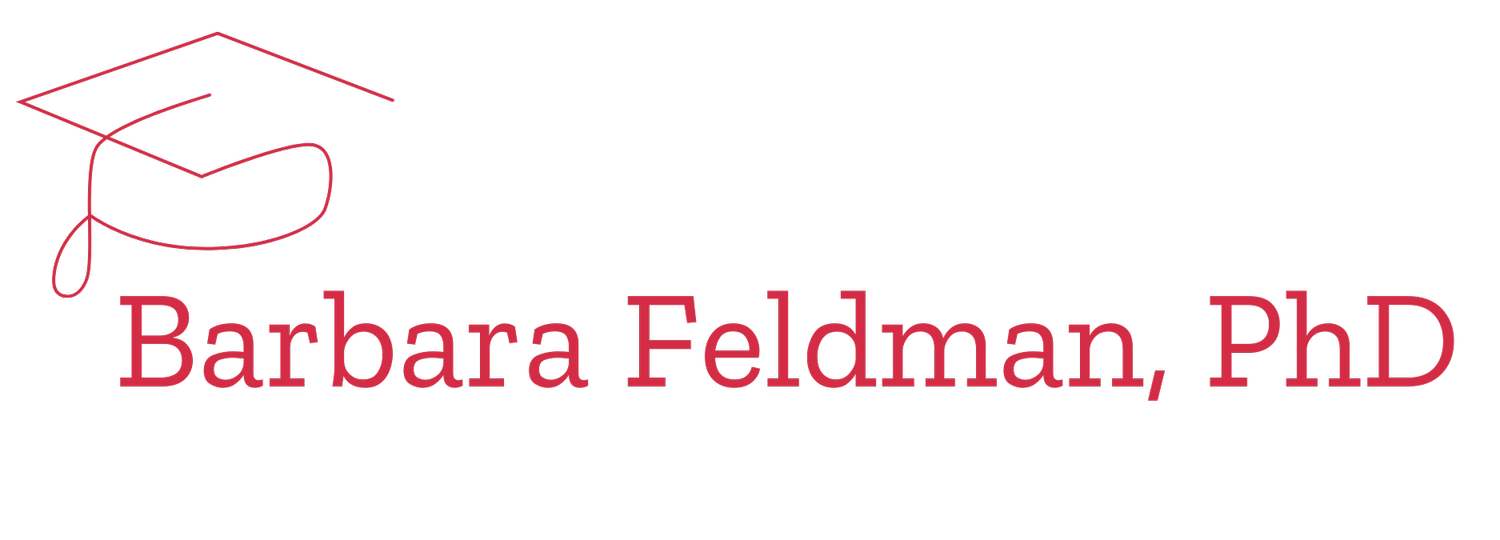4 Effective Strategies to Minimize Distractions in Higher Education
Higher education faces a unique set of challenges in today's fast-paced world. Students are constantly bombarded with distractions and have become increasingly demanding when requesting accommodations because of those distractions. Enforcing rules and restrictions for educators requires a delicate balance of compassion while creating a conducive learning environment. With the added layer of gender bias, specific attributes have been shown to impact the learning experience for educators and students. By adopting practices that are accessible and equitable for students, educators can play an active role in helping students focus and excel while creating a standard that levels the existence of parity within higher education from the syllabus to final grades.
1. Harnessing the Power of AI: Artificial Intelligence (AI) is reshaping the education landscape, offering incredible potential for educators and students. Instead of viewing AI as a threat or a cheating tool, educators should embrace it as a resource that can save time and enhance the learning experience. Educators that familiarize themselves with the capabilities and limitations of AI tools and then guide students on how to use them effectively can offer best practices and boundaries for use. By teaching students how to leverage AI ethically, educators equip students with valuable skills for the future workplace, where AI is becoming increasingly prevalent, while offering an ethical approach to an innovative tool.
2. Rethinking Makeup Exams: Makeup exams can be administratively cumbersome and may not truly reflect a student's understanding. A strategic approach to handling makeup exams is to offer them collectively at the end of the semester, preferably during finals week, and outline this accommodation ahead of time to set expectations. This approach minimizes disruptions to the regular course schedule while encouraging students to prioritize attending the original exams and streamlining assessments without sacrificing learning. By doing so, educators can strike a balance between accommodating students' needs and maintaining the integrity of the learning process. In a 2108 article, "Dancing Backwards in High Heels: Female Professors Experience More Work Demands and Special Favor Requests, Particularly from Academically Entitled Students (Amani El-Alayli1 & Ashley A. Hansen-Brown2 & Michelle Ceynar), it was found that "...female professors reported that students make more standard work demands and special favor requests than did male professors. Female professors also reported that students initiated more friendship behaviors with them than did male professors." This "academic momism" suggests that female faculty are more likely to be asked for accommodations and favors than males, which can contribute to unbalanced and inconsistent academic relationships between faculty and students, disrupting the ecosystem at higher education institutions.
3. Diversifying Assessment Methods: Traditional exams often measure memorization skills rather than deep comprehension. Educators that offer alternative assessment methods, such as short response papers or take-home exams, can promote critical thinking and holistic understanding of the subject matter and encourage comprehensive understanding. These methods assess students' ability to apply concepts, analyze information, and present well-reasoned arguments. While not always the most convenient option, offering an opportunity to evaluate comprehension outside of typical exams can increase an educator's accessibility attribute within a reasonable context. In addition, by embracing diverse assessment strategies, educators prepare students for the real world, where long-term problem-solving and analytical skills are highly valued.
4. Attendance Policies with Flexibility: Attendance can significantly impact a student's learning experience, but rigid attendance policies might only be suitable for some situations. Instead of imposing strict attendance requirements, educators can establish clear attendance guidelines, communicate their rationale to students, and foster responsibility and engagement. This allows students to make informed decisions about attending classes while acknowledging that real-world commitments and unforeseen events may arise. When students consistently miss classes, it presents an opportunity for educators to reevaluate the course content and delivery, ensuring that the classroom experience remains valuable and engaging.
Overall, clear and consistent expectations are the key to creating a learning environment where students feel nurtured, and educators are not facing imminent burnout by acquiescing to every request for an accommodation. With the right balance, educators can empower students to succeed both academically and in their future endeavors and play a role in challenging unfair and unequal expectations of faculty. Ultimately, these strategies reduce distractions and nurture a culture of responsible and empowered learning while improving the experience for higher education professionals.
